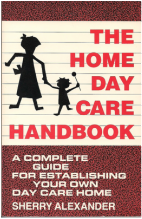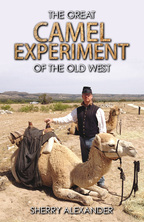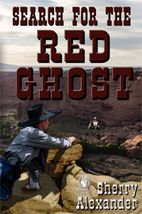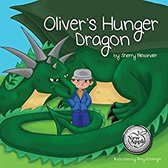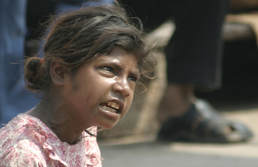 Photo by Varanasi/freeimages.com
Photo by Varanasi/freeimages.com Anger is a strong emotion or feeling. We all know that anger does not just happen. It needs a catalyst. There has to be a spark or something that stimulates or creates the anger. That spark can come from anyone or anywhere. As writers, we need to create the situation where the anyone or anywhere ignites that anger in our characters. In other words, it needs to be built into the plot. No one believes a character that flies off the handle all the time without a reason--that is unless that type of uncontrolled anger without reason is the plot. But a writer needs to decide on the motivation? Once that is decided, the next thing to consider is how the character will react. Is she passive or aggressive?
Passive meaning withdrawn, sullen, cynical, resentful, secretive, deceptive, or even judgmental. Aggressive meaning selfish, lashing out, assertive, combative, vocal, or even destructive. Why? Because each behavior displays different body language, and describing the character's body language defines the character's anger. Does the character roll her eyes, mumble, round their shoulders when asked a question, procrastinate, fold her arms over her chest when asked to do something or join an activity? Or, does she sneer, clench her fists, push into someone else's comfort zone, wave her finger, make large sweeping gestures, or square her shoulders and hold her body erect.
When we have a handle on the motivation and how we want our character to act, then we can start choosing descriptive words that will show the anger instead of just telling. Join me next time when I try out a few new phrases to describe my character's outrage at being bullied--and yes, he is passive aggressive.
Happy writing!!
Facial signalsMuch aggression can be shown in the face, from disapproving frowns and pursed lips to sneers and full snarls. The eyes can be used to stare and hold the gaze for long period. They may also squint, preventing the other person seeing where you are looking.
Attack signalsWhen somebody is about to attack, they give visual signal such as clenching of fists ready to strike and lowering and spreading of the body for stability. They are also likely to give anger signs such as redness of the face, lowered brow, showing teeth, scowling or sneering.
Exposing oneselfExposing oneself to attack is also a form of aggression. It is saying 'Go on - I dare you. I will still win.' It can include not looking at the other person, crotch displays, relaxing the body, turning away and so on.
InvasionInvading the space of the other person in some way is an act of aggression that is equivalent to one country invading another.
False friendshipInvasion is often done under the cloak of of familiarity, where you act as if you are being friendly and move into a space reserved for friends, but without being invited. This gives the other person a dilemma of whether to repel a 'friendly' advance or to accept dominance of the other.
ApproachWhen you go inside the comfort zone of others without permission, you are effectively invading their territory. The closer you get, the greater your ability to use a 'first strike' attack, from which an opponent may not recover. While you may well not intend this, the other person may well feel the discomfort of this risk.
TouchingTouching the person is another form of invasion. Even touching social touch zones such as arm and back can be aggressive.
GesturesInsulting gesturesThere are many, many gestures that have the primary intent of insulting the other person and hence inciting them to anger and a perhaps unwise battle. Single and double fingers pointed up, arm thrusts, chin tilts and so on are used, although many of these do vary across cultures (which can make for hazardous accidental movements when you are overseas).
Many gestures are sexual in nature, indicating that the other person should go away and fornicate, that you (or someone else) are having sex with their partner, and so on.
Mock attacksGestures may include symbolic action that mimics actual attacks, including waving fingers (the beating baton), shaking fists, head-butts, leg-swinging and so on. This is saying 'Here is what I will do to you!'
Physical items may be used as substitutes, for example banging of tables and doors or throwing . Again, this is saying 'This could be you!'
Sudden movementsAll of these gestures may be done suddenly, signaling your level of aggression and testing the other person's reactions.
Large gesturesThe size of gestures may also be used to signal levels of aggression, from simple finger movements to whole arm sweeps, sometimes even with exaggerated movements of the entire body.
See alsoPower, Emotions, War game, Emphasis with body language, Dominant body language, Gesture types

 RSS Feed
RSS Feed
